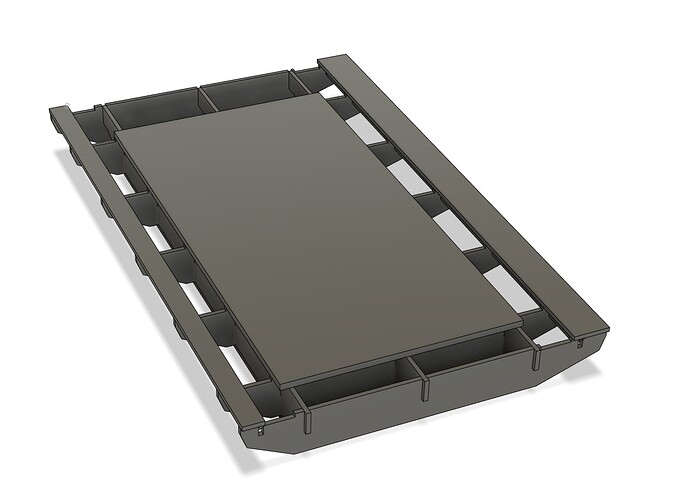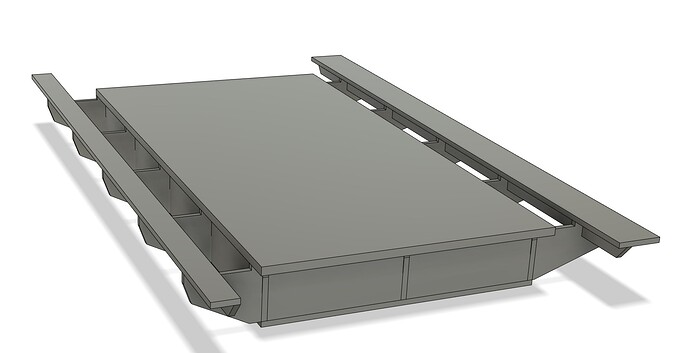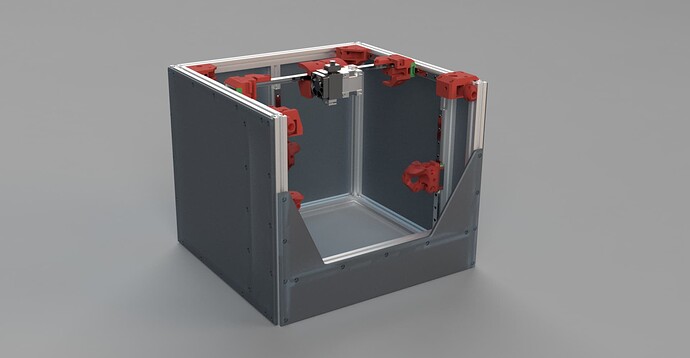Not ready for a new thread yet. I took some sketches to basic CAD rough ideas. Not there yet.
I realized I have to focus on RMRRF, I need to bring something…time to stop farting around.
Basics are there, need to add some more mounting holes and some flavor. All the pocket holes and edge chamfers are going to test the tramming. Guess I am going to need to add in some V carves as well.


